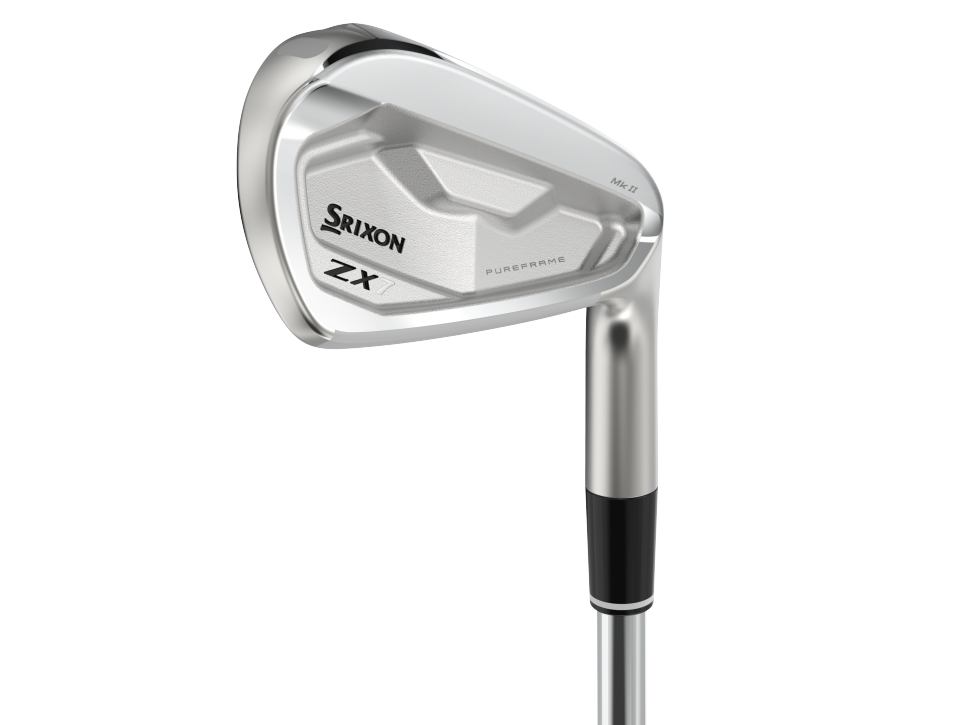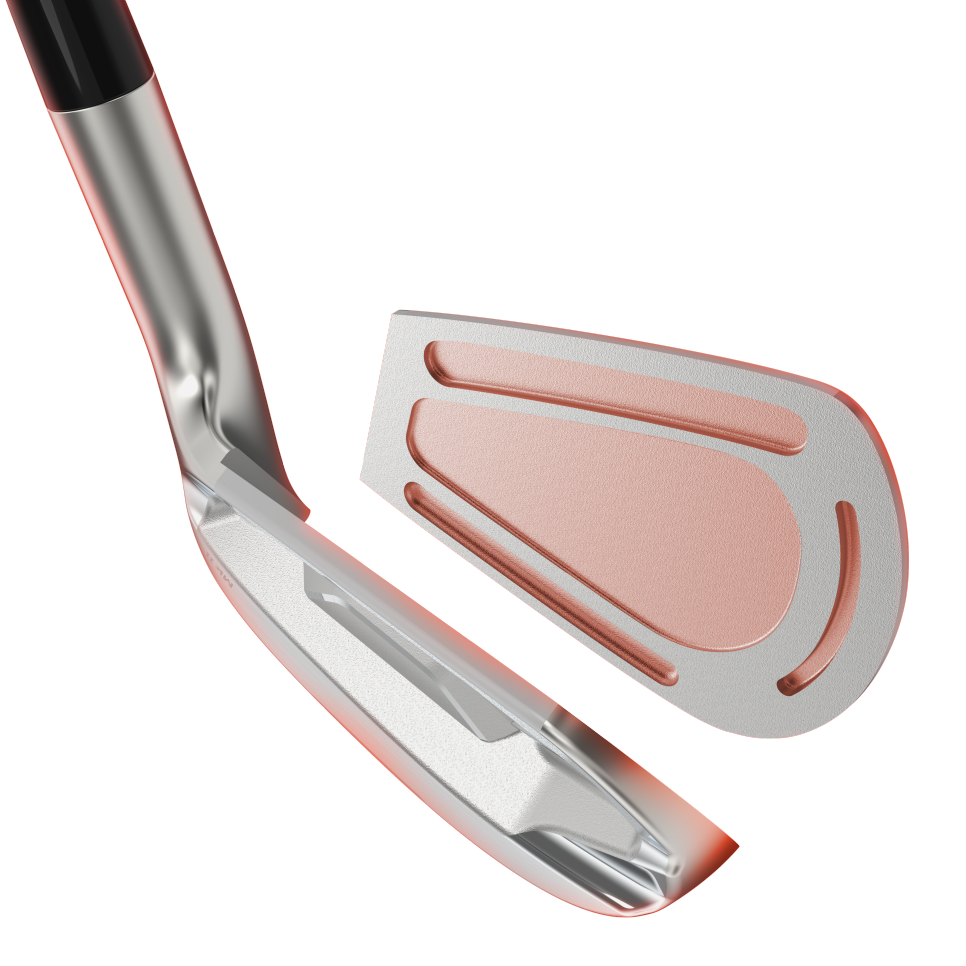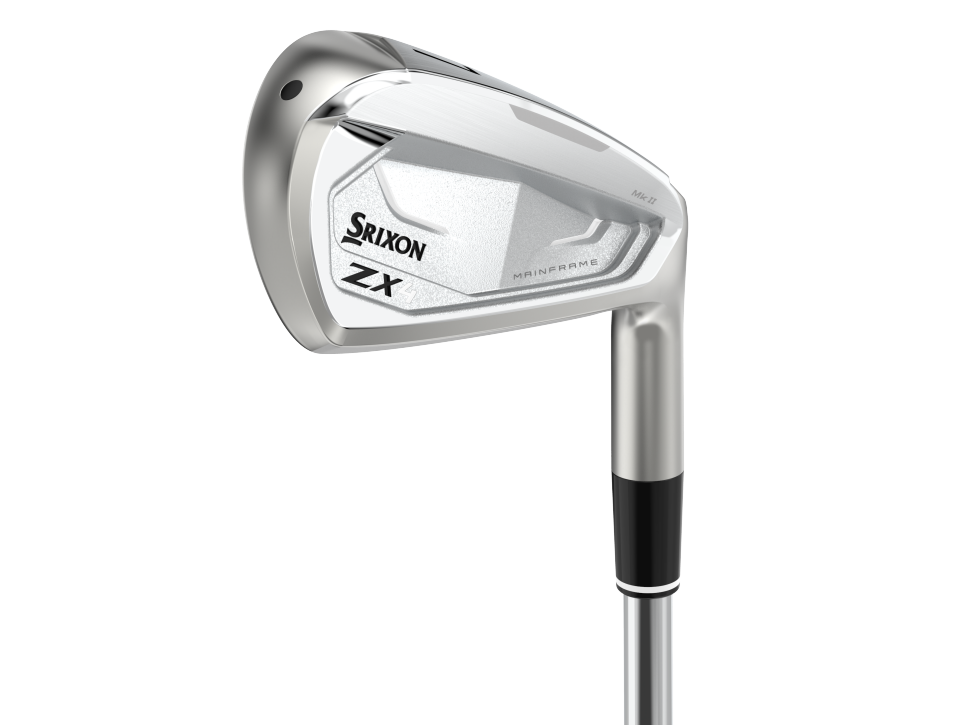WHAT YOU NEED TO KNOW: Four new Srixon Z-series irons aim to give different classes of players help with the things that matter to them most while still providing a fairly classic shape that all demand. The muscle-back blade Z-Forged II and ZX7 Mk II place an emphasis on consistency and feel while the ZX5 Mk II provides more distance technology. The ZX4 Mk II is distance-driven as well, but with more forgiveness features. A matching utility iron also is available.
PRICE & AVAILABILITY: ZX7 Mk II irons $239 (steel), $269 (graphite); ZX5 Mk II irons $239 (steel), $269 (graphite); ZX4 Mk II irons $239 (steel), $269 (graphite); ZX Mk II utility irons $339 (steel), $369 (graphite). All models are already available across Australia.
3 COOL THINGS

1. Something for the better player. Although we will acknowledge the existence of the Z-Forged II muscle-back blade iron, we won’t go into deep detail because if you have the kind of game to play these, you probably don’t need our help. The ZX7 Mk II, however, is a different animal.
Although the company gathered data from its tour staff to determine the impact patterns of better players, this iron can be played by non-professionals. Using that data helped determine the location of the back muscle feature. Called “PureFrame”, mass is forged into the body of the iron behind the hitting area.
“The area behind the face is 80 percent thicker,” said Jacob Lambeth, senior research engineer for Cleveland/Srixon. “We were trying to get more of a blade-like feel with consistent distance. The face has 12 percent less displacement which helps deliver on both those traits.”
The irons also feature a lower blade height to allow players the ability to flight their short-iron shots lower with more control. A refinement also was made to the heel side of the leading edge to improve turf interaction.

2. Optimising everywhere on the face. When designing players distance irons such as the Srixon ZX5 Mk II, it’s important to remember that this player type, while skilled, still strikes the ball over a pretty wide swath of the face. As such, Srixon engineers studied impacts in nine areas of the face, then weighted the importance of those areas depending on the number of impacts in each area.
“That led to a different face topology,” Lambeth said. “You need to take durability into account. What is the maximum stress the steel can take? The biggest differences are a larger channel on top and in the toe area and smaller in the bottom area. The face is also thinner in the heel and thicker in the toe because there’s more opportunity for ball speed gains on the heel side although more shots are hit out on the toe.”
All that, combined with artificial-intelligence-driven simulations, resulted in a slightly lighter forged SUP10 steel face (1 to 2 grams less than previous ZX5, which was then used to better position the centre of gravity.
Enhancements were made to the shape as well. The 8-iron to pitching wedge have a shorter blade height to better flow with the rest of the set and the hosel has been slimmed to help the visual at address.

3. Improving the game-improvement option. In creating its ZX4 Mk II game-improvement iron, Srixon needed to consider that its audience was not simply the game-improvement crowd. “Ten to 15 percent of iron sets are combo sets,” Lambeth said. “We wanted to make sure this iron blended seamlessly with our other ZX irons. To do that we cleaned up the shape. The sole is narrower and the topline thickness is similar to the ZX5 and ZX7.
Although a sleeker package, the ball speed does not suffer. The face design used an artificial-intelligence process that simulated numerous impacts, evaluated the performance and automatically updated the design. The result was a variable thickness pattern milled into the backside of the high-strength steel face insert to maximise ball speed. Tungsten, meanwhile, is used in the toe area of the long and mid irons to boost stability and mitigate ball speed loss on off-centre strikes.
For those perhaps needing a little more help with their long irons, Srixon is also introducing ZX Mk II hollow-body utility irons with wider soles and fast-flexing faces to promote more height and speed.



